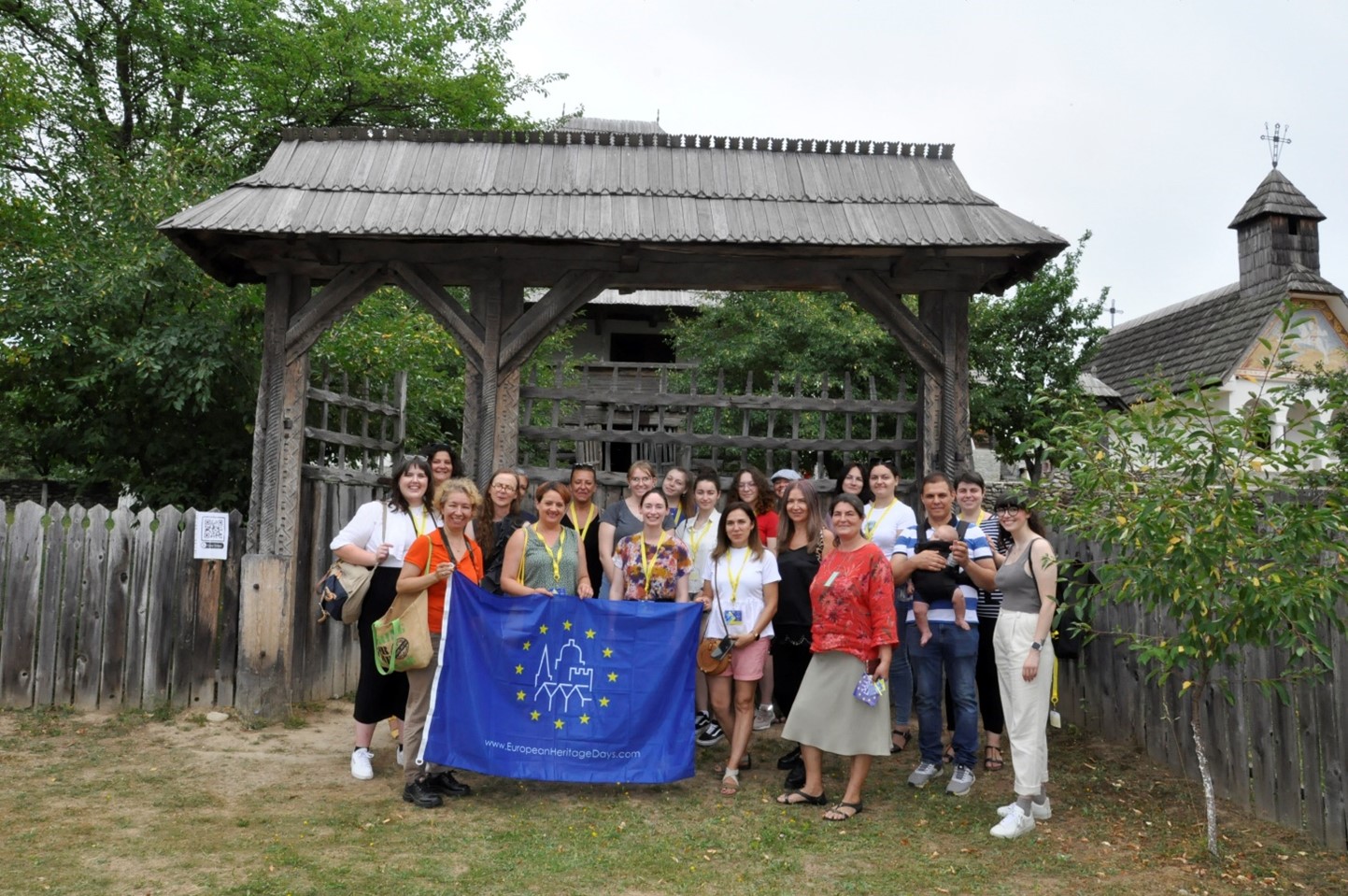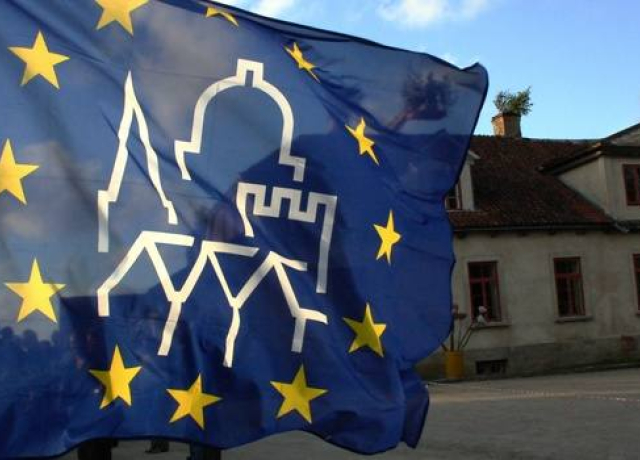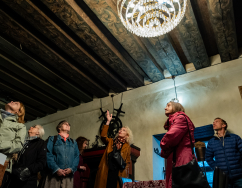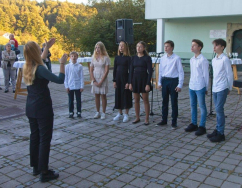European Heritage Days Article:
How to Engage Communities in Living Heritage Events
European Heritage Days Article:
How to Engage Communities in Living Heritage Events
As this year’s organiser’s brochure describes, Living Heritage “encompasses events and forms of knowledge that form part of the community’s history. By remembering and performing the activities or rituals related to these events and knowledge, the community selects and redefines them throughout time, maintaining and even recreating the purpose and meaning of its living heritage.”
Encourage participatory involvement
One of the key ways to engage communities in European Heritage Days events is through participatory involvement. In fact, communities are considered ‘agents of change’ in the context of Living Heritage, so collaborating with local groups and individuals to create events which represent and matter to them is important. One example of this could be to identify traditional skills or crafts which are distinctive to a particular community in your area and ask if practising craftspeople could attend or host an event to demonstrate them to the general public. Events like this should focus on the intangible elements of the process, such as the skills and knowledge which have been passed down through the generations and are needed to create the art or objects. Another aspect of the crafts which could be highlighted is their value to the cultural identity of the community, which might include elements such the use of designs and patterns or how the crafted items play a role in traditional customs or rituals.
Participants can also be empowered to take part through interactive events which encourage active involvement, such as art projects, activities like traditional dancing and creative competitions. Community consultations are also a way to get people together and could examine and discuss issues such as ‘at risk’ local heritage by asking the audience to help define and design solutions. This kind of event is helpful to stimulate interest and commitment for heritage projects from the public, so it’s an ideal time to start generating community involvement in longer-term plans. Another specific type of participatory event is a digital hackathon with historians, data scientists and IT specialists exploring how digital technologies can support heritage work. Living Heritage outcomes could be ideas to help with anything from the recording and documenting of community histories, to data research techniques to help heritage professionals engage more effectively with their audiences, through to developing digital platforms such as apps or websites which enable public engagement through crowdsourcing.

Find inspiration in cultural heritage resources
As well as our Living Heritage brochure, there are also a number of other resources which can be helpful in identifying opportunities to hold community-oriented events. A list of these can be found towards the end of the brochure. These include a link to UNESCO’s website – try browsing their Lists of Intangible Cultural Heritage to see what cultural practices are inscribed locally and which could become a focus for your programme. Another resource we encourage organisers to use is the Cultural Routes of the Council of Europe programme. These international routes are themed and cover a wide range of topics. Those which could provide community-based inspiration for the Living Heritage theme include the European Fairy Tale Route which delves into collective imaginations and intergenerational storytelling, the European Cemeteries Route which explores cultural rituals and practices related to death and the European Route of Jewish Heritage which encourages understanding and appreciation of the unique and lasting role of Jewish heritage in European history. Take a look and see if there are any stops nearby which could form the basis of community events.
Consider how places and people are connected
Communities and physical places are often closely linked, such as through religious buildings, civic spaces and public art. One idea based on this is to pick a specific place, or series of places, and examine the community interactions which occur there and how the place itself has contributed to local and living history. These events could inform a map or inventory of significant places to encourage people to explore their surroundings in new ways, or perhaps even result in a community project such as painting a mural. Another way to explore the concept of place and Living Heritage could be to organise exchange visits, which is an idea particularly well suited to areas located near a border. Folk dancing or traditional music performances could be planned to coincide with festivities or an anniversary to encourage an appreciation of shared European cultural heritage across communities.
Take part in European Heritage Days initiatives
Every year, European Heritage Days runs a number of initiatives designed to support and encourage heritage work. One of these is European Heritage Days Stories, which provides a platform to identify, celebrate and enhance the European dimension of heritage work undertaken by EHDs communities in Europe. Selected stories are published on our website to help provide inspiration for other organisers, and there are also opportunities to apply for a grant worth up to €10 000 to fund an activity-focused community project. Applications for the 2023 grants have now closed, but if you are currently doing exciting work with heritage in your community which you’d like to share with us in the future then consider starting to document its progress throughout the year.
Another initiative is Young European Heritage Makers, which invites young people aged 6 to 17 to explore their cultural surroundings and find their story of Europe. The project is overseen by mentors who help guide participants through an event or activity to explore their perceptions of heritage, resulting in a creative outcome such as a short video or painting addressing the question ‘what is your European heritage?’. Entries for this year’s competition are expected to be opened later this year… so keep an eye on our website and social media for more information!
There are plenty of ways to engage with communities as part of this year’s shared Living Heritage theme. For more event ideas and further details about how community-based heritage is an integral part of the theme, read our Living Heritage brochure and take a look at this other helpful article about community involvement from last year.



